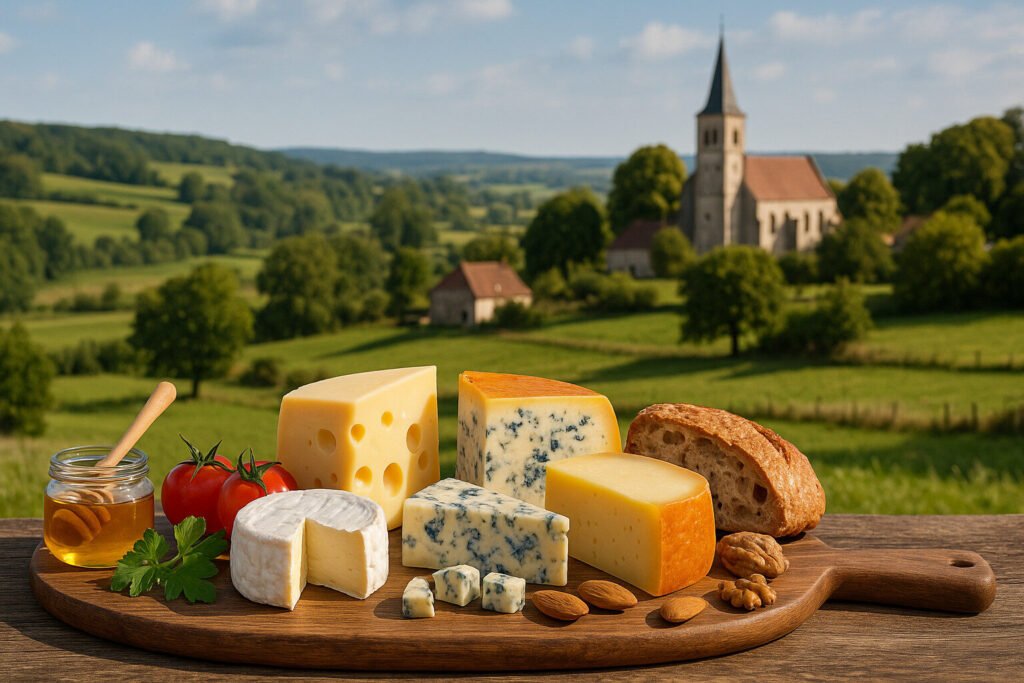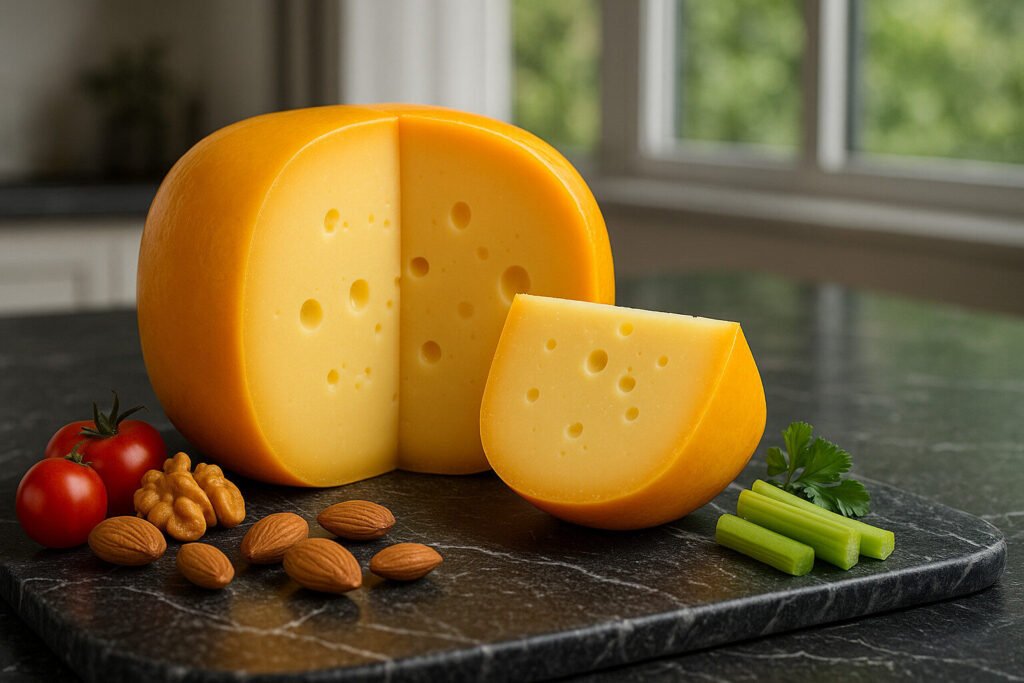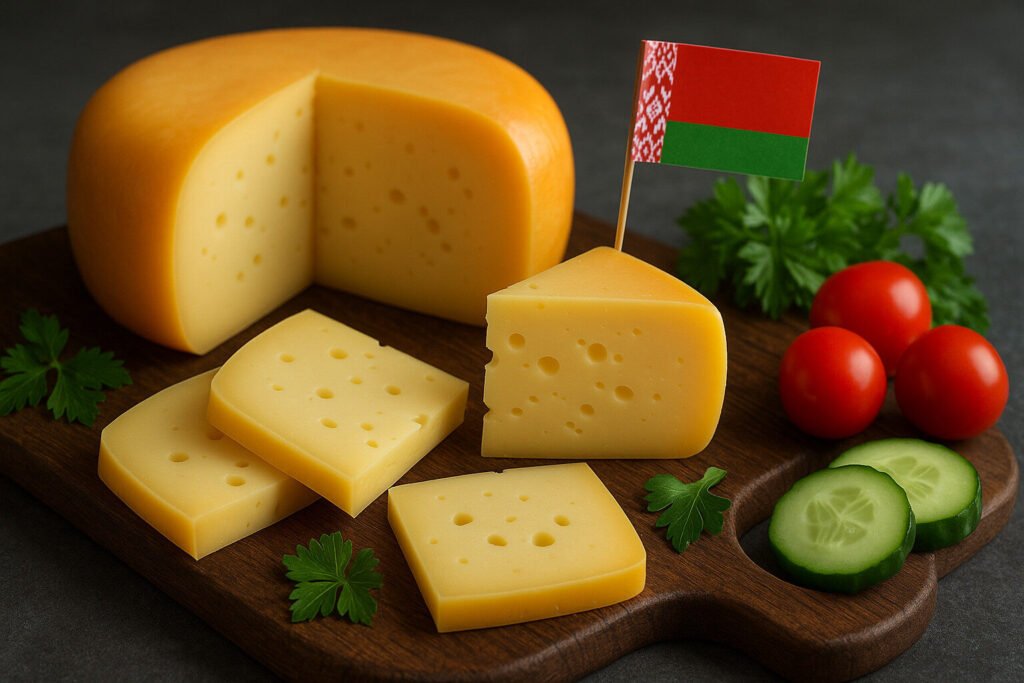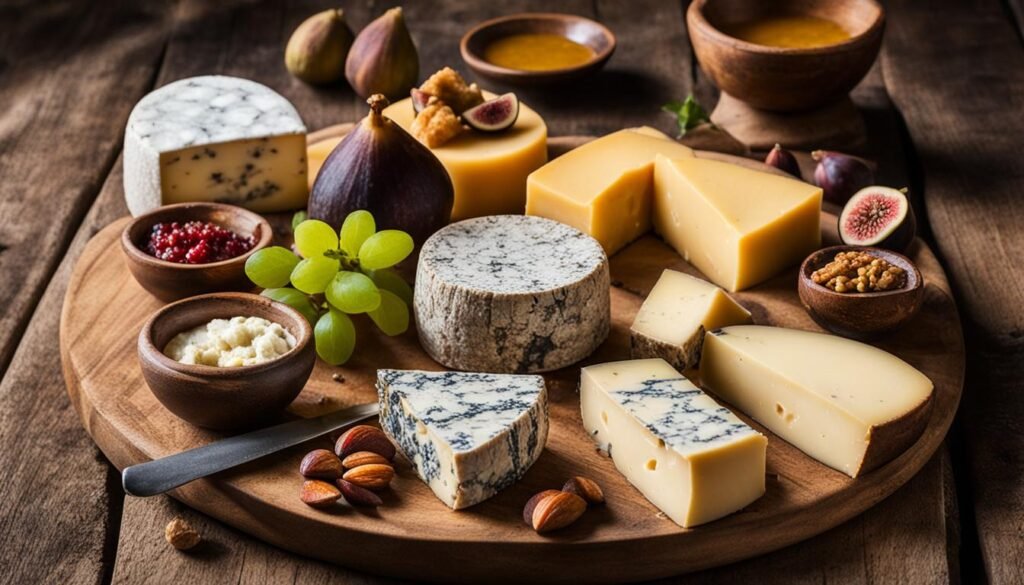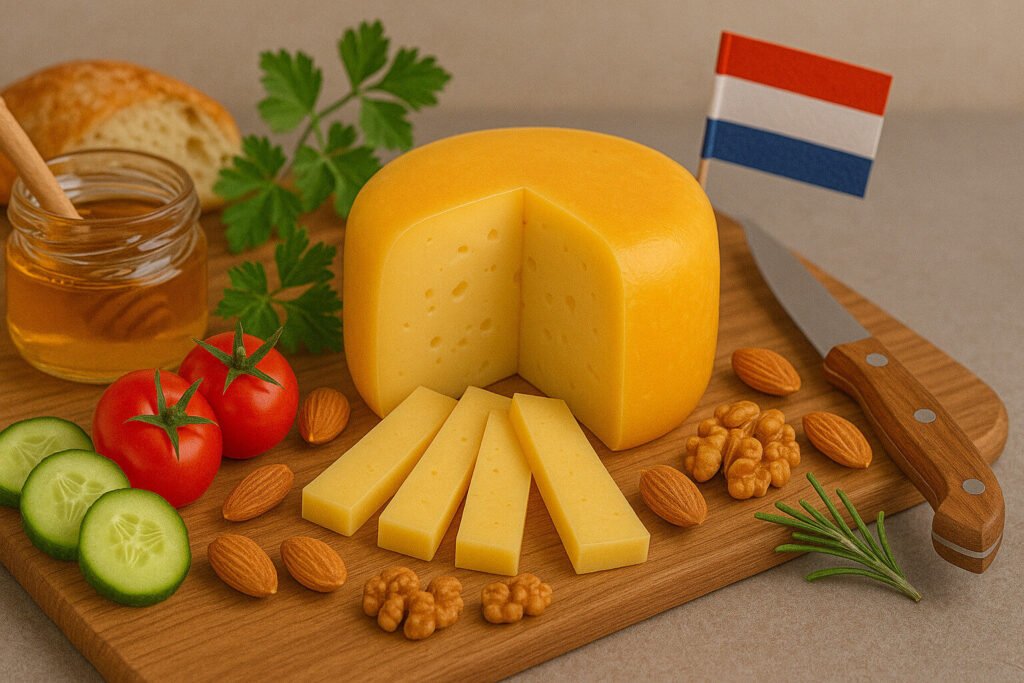Cheese Of Netherlands
Netherlands Cheese Definition and Scope
Dutch cheese represents a distinct category within global cheese taxonomy, primarily defined by its standardized production methods and protected geographical indications. The Netherlands produces over 800 million kilograms of cheese annually, with Gouda and Edam serving as the most internationally recognized varieties. These cheeses typically feature semi-hard to hard textures and distinctive shapes, including wheels and balls with characteristic wax or plastic coatings.
Dutch cheese classification extends beyond famous exports to include regional specialties like Leyden cheese with cumin seeds and Frisian clove cheese. Protected Designation of Origin status safeguards traditional production areas, particularly for Noord-Hollandse Gouda and Boerenkaas farmstead cheeses. The scope encompasses both industrial-scale productions and artisanal varieties maintaining historical recipes and techniques.
Dutch Cheese Production Techniques
Traditional Dutch cheese production begins with pasteurized cow’s milk, though some farmstead varieties use raw milk. The process involves curdling milk with rennet, followed by cutting, stirring, and heating the curds to achieve specific moisture content. Whey drainage occurs through pressing in moulds, creating the characteristic rounded shapes that become smaller during aging.
Dutch cheesemakers employ a unique washing technique where curds are rinsed with warm water, reducing acidity and creating milder flavors. The cheeses then undergo brining for salt absorption and rind formation before aging in controlled environments. Aging periods range from four weeks for young cheese to over two years for extra-aged varieties, developing crystalline structures and deeper flavors.
Sensory Profile of Dutch Cheeses
Young Dutch cheeses typically present pale yellow interiors with smooth, pliable textures and mild, buttery flavors. As aging progresses, the texture becomes firmer and more crumbly while flavors intensify toward caramel and nutty notes. The rinds develop from thin and elastic in young cheeses to hard and dark in aged specimens, often carrying impressions of the production moulds.
Flavor variations emerge through specific production methods – washed-rind varieties like Limburger develop pungent aromas, while herb-infused cheeses incorporate distinct botanical notes. Crystalline formations appear in extensively aged Gouda, providing crunchy texture contrasts against the creamy paste. The balance between sweetness and saltiness remains a hallmark across most Dutch cheese varieties.
Culinary Applications
Dutch cheeses serve both as table cheeses and cooking ingredients due to their excellent melting properties. Young Gouda and Edam work well in sandwiches and cheese plates, while aged varieties grate efficiently for toppings and sauces. The cheese’s consistent quality and predictable melting behavior make it preferred for traditional dishes like cheese fondue and grilled cheese sandwiches.
In Dutch cuisine, cheese features prominently in breakfast and lunch, typically sliced and served with bread. Industrial applications include processed cheese production and ingredient manufacturing for food service sectors. The stability of aged Dutch cheeses allows for international export and extended shelf life in various climate conditions.
Regional Specialties and Protected Origins
North Holland produces the majority of Gouda cheese, with specific microclimates influencing milk quality and final product characteristics. The clay soil pastures in this region impart distinctive flavors to the milk, recognized through PDO status for Noord-Hollandse Gouda. Friesland maintains separate traditions producing Frisian clove cheese, while Limburg specializes in softer, more aromatic varieties.
Boerenkaas represents another protected category, requiring raw milk from farms where animals graze on natural pastures. Each region maintains unique characteristics – Leiden cheese incorporates cumin and caraway seeds, while Kanterkaas follows specific weight and shape requirements. These geographical distinctions create a diverse landscape within Dutch cheese production despite the country’s small size.

